33 Italy Education Facts (all about Italian schools)
Did you know that Italians graduate quite late compared to other countries? Or that Italian kids don’t wear uniforms?
Learn more through these 33 Italy education facts! 🎓 🇮🇹
The Best Facts About School in Italy
Italy is a country located in South-Central Europe. It has an extremely important heritage and a singular culture, and its capital city is Rome, which has a bit more than 2,860,000 inhabitants.
An interesting part of the country that I wanted to tackle is its education. In light of that, I have listed my 33 best facts about school in Italy, and I hope you will love them:
1. Saturday is a normal day for education in Italy
Believe it or not, Saturday is a regular day in Italy: not only do people go to work like any other day… but children need to go to school as well!
Unfortunately for them, they do not have less homework than students in other countries, which could have justified this choice.
2. Teachers in Italy are not friendly at all, at least not in class
Don’t get me wrong, teachers in Italy are regular human beings!
However, the relationship between teachers and students is very, very formal and distant. You will never see a student asking for extra help during lunch or chatting about what happened on their weekend with the teacher.
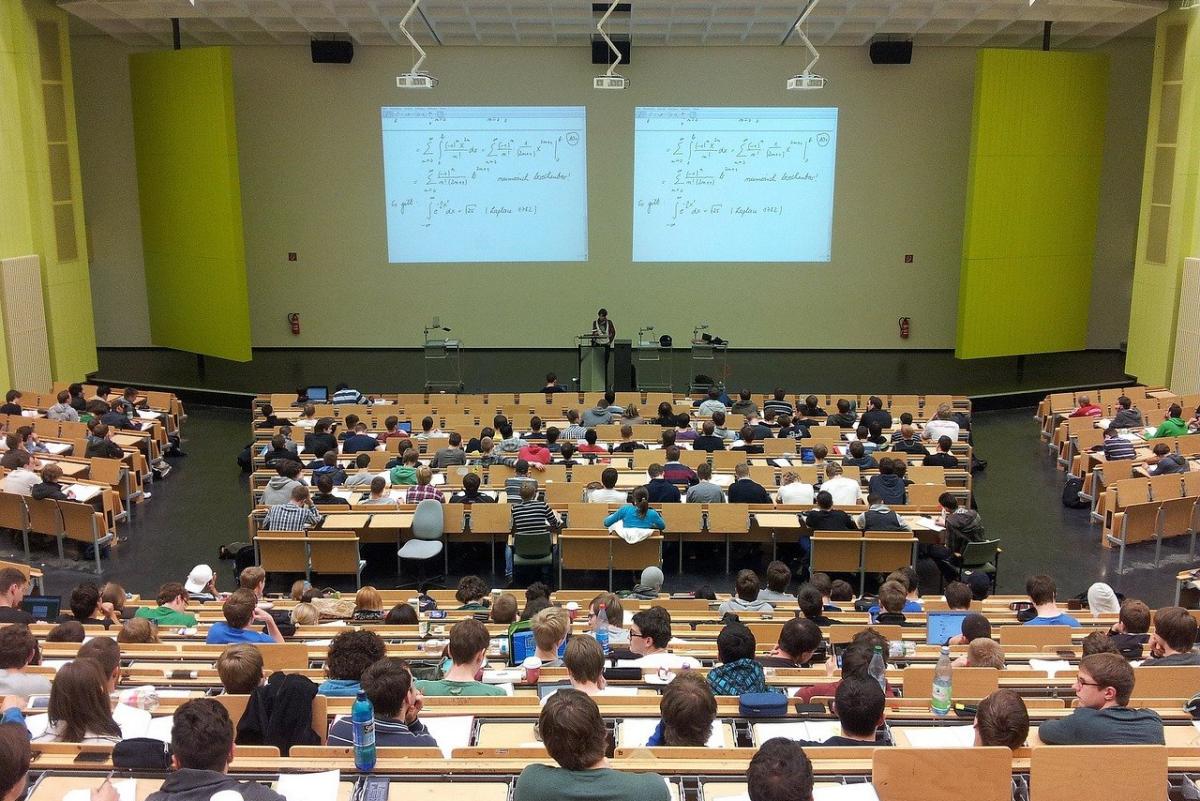
3. Italian students need to be very disciplined if they want to succeed in their studies
Because the relationship between teachers and students is so formal, it means that students really need to be careful about what they are doing.
An Italian lesson is basically the teacher sitting and talking, and students taking notes. They have to stay disciplined and follow along even if the teacher is not very friendly.
4. Italian teachers will… or will not answer questions, depending on the day
Italian schools are very organized, and to be honest very strict as well when it comes to studies.
For instance, depending on the day, students may or may not ask questions to the teacher (mostly depending on their mood).
5. No one is late in Italian schools
Students show up on time for their classes in Italy.
But that is not what I am talking about here. When it comes to homework, if anyone submits it later than the day it is due, they will automatically get a 4, which is similar to 0 (in any case, anything below 6 is a fail).
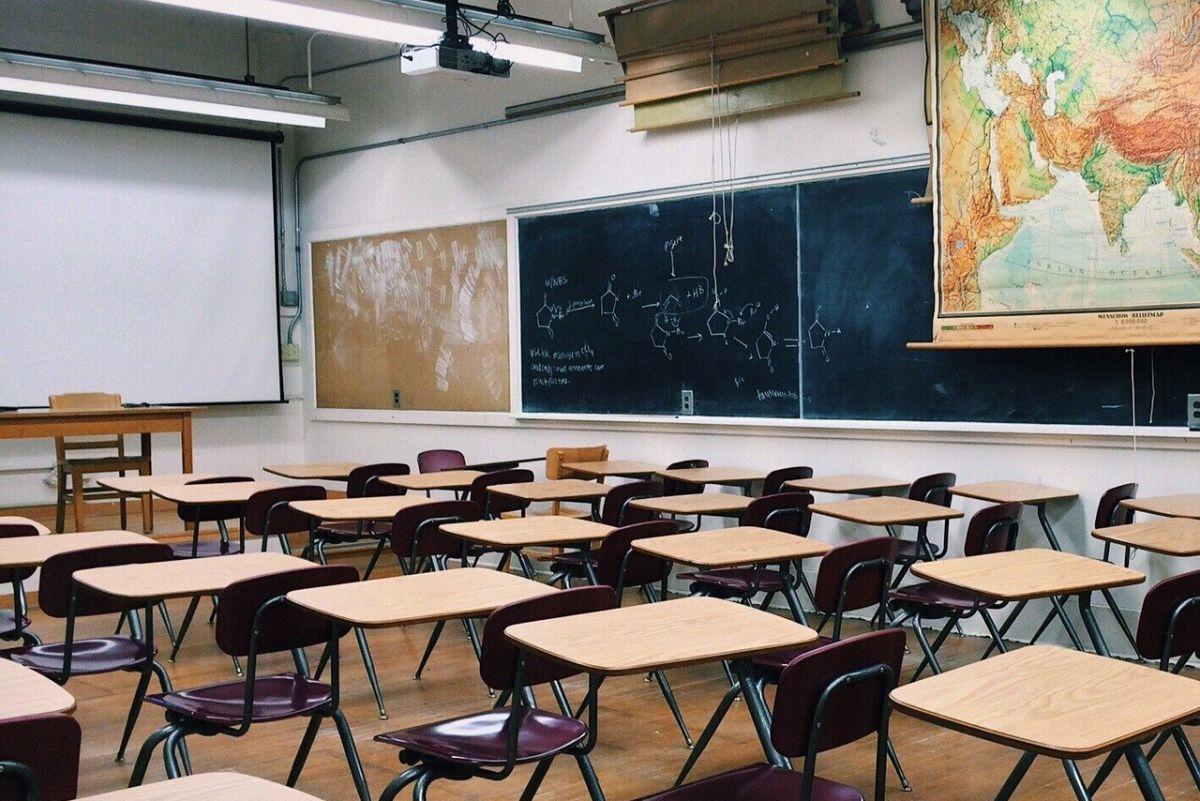
6. The Italian grade system ranges from 0 to 30 in universities
Strangely, the Italian grade system depends on which level you are at.
When it comes to universities, it ranges from 0 to 30. Any grade below 18 out of 30 is considered a failure. To get the equivalent of an A+, students need to get at least a 29.
7. Secondary school students in Italy are graded from 0 to 10
As I just told you, the Italian grade system is not the same depending on the level of the student.
For secondary school, it ranges from 0 to 10. Anything below 6 out of 10 is considered a failure, while A+ is for students getting at least a 9.
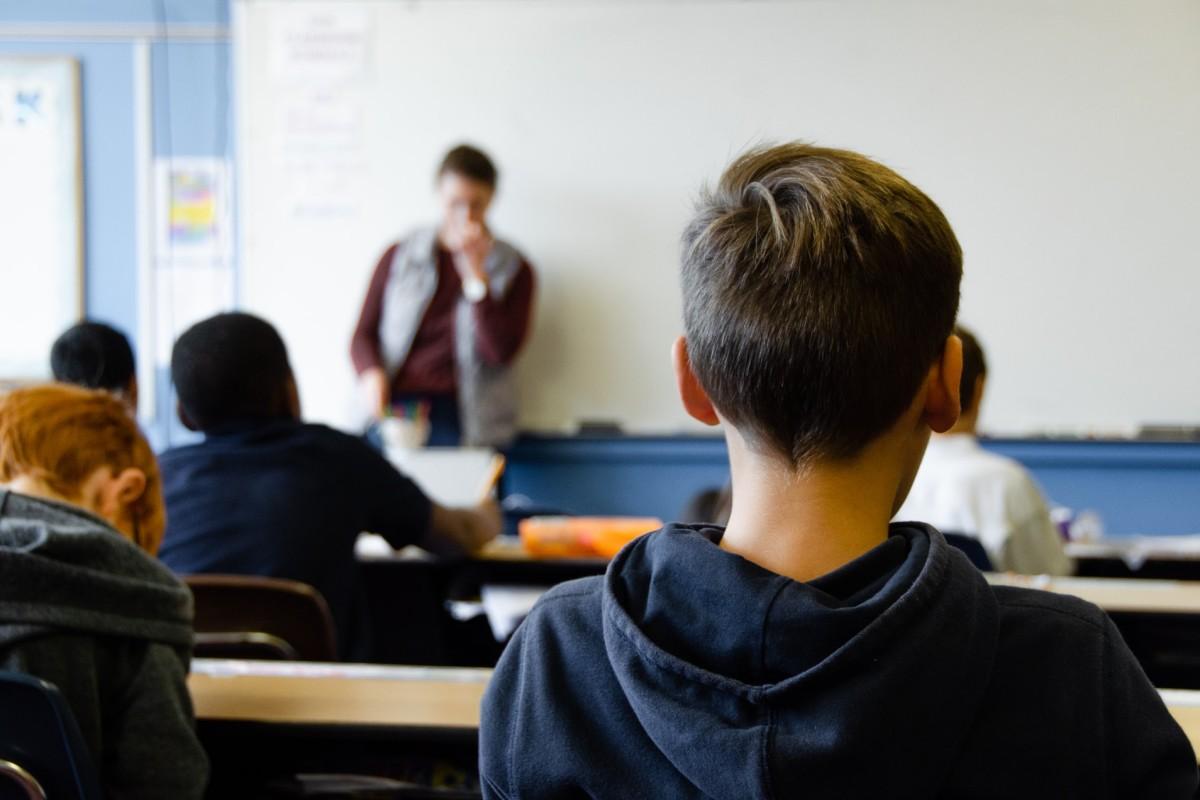
8. There is also a 100-point grade system as well as an ECTS system
Finally, the last two grade systems I will talk about are the 100-point grade system and the ECTS system.
The latter uses letters, from F to A, F being anything below 50%, while the first one ranges from 0 to 100, with anything below 60 considered insufficient.
9. Italian students generally eat at home
The typical school day in Italy starts at 8 AM and ends at 1 or 2 PM. Because of this, students have to wait for the end of the day to go back home and eat there.
There are no cafeterias in most Italian schools.
10. Parents need to go shopping almost every day in Italy
The average journey from school to home is around half an hour for most Italian students.
So, they will generally come back home at 2:30 PM without having eaten anything! Parents thus need to do groceries quite often, as their children devour everything in the fridge when they come home.

11. Italian students know each other very, very well
Freshman year is a unique time in an Italian student’s education. It is at this time that they meet the people that are going to be with them for the next five years… every day.
Indeed, classes stay exactly the same for five years, so students know each other perfectly.
12. Students do not move around the school in Italy, but teachers do
I have always found it peculiar that, in most schools, students need to run around the buildings just to be on time for their next lesson: this is a huge time loss!
Italy has found the solution though: students stay in the same class all day long, it is teachers who move around instead.
13. Monotony is the name of the game in Italian schools
Unfortunately for students in Italy, going to school can be very, very monotonous.
And I am not talking about doing the same journey every day just to sit and listen, but about the fact that they stay with the exact same people for five years… and in the same classroom as well!
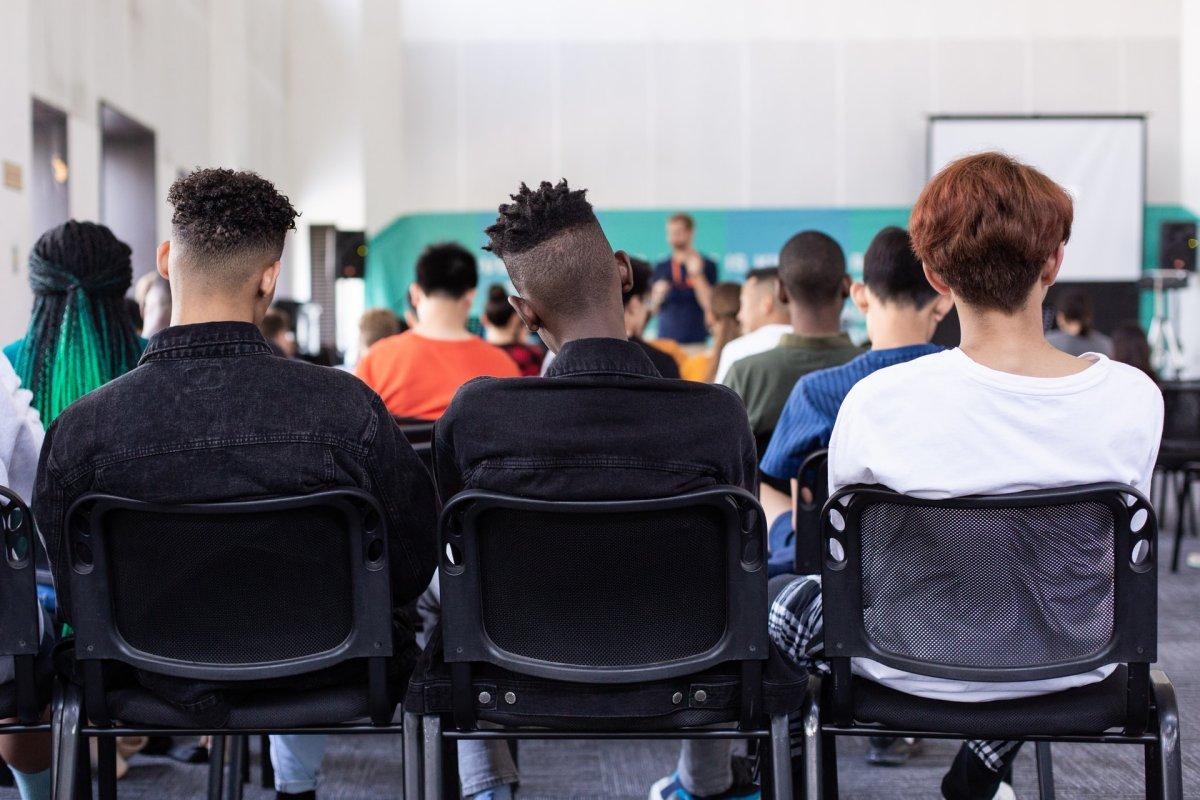
14. Some teachers humiliate their students in Italy
Even though any grade below 6 out of 10 is considered a failure, some teachers like to humiliate their students by giving them a 1 or a 2.
This is a way to say to unfortunate students they are very stupid, and shouldn’t even be here.
15. Failing more than three subjects means you have to repeat a year in Italy
When it comes to graduating every year, students in Italy are allowed to fail three or less subjects.
In case they fail more than that, they will have no choice but to repeat the whole year, graduating from secondary school a year later.
16. Italian students graduate very late compared to that from other countries
Students in Italy should avoid repeating a grade at any cost.
Of course, this is general advice that everyone should follow, but it is even worse in Italy, because students finish secondary school at age 19, which is already very late compared to other countries!

17. Education in Italy is compulsory from ages 6 to 16
Just like in France, Italian education is compulsory for children aged 6 to 16.
Before that, kindergarten exists, and while it is not mandatory, most Italian families choose to send their kids there. They will start to interact with each other and learn to recognize letters and numbers.
18. There are 5 stages in the Italian education system
Out of the 10 years of mandatory school attendance, there are 3 stages: primary school, lower secondary school and upper secondary school.
On top of that, there are two other levels: pre school (or “asilo”) and tertiary education, which are both non-mandatory.
19. Primary school in Italy lasts for 5 years
The first step of compulsory education in Italy is primary school, and it consists of 5 years.
During this time, children will follow a national educational curriculum, which is the basic education for anyone all around the country. This curriculum is set by the Italian Ministry of Education.
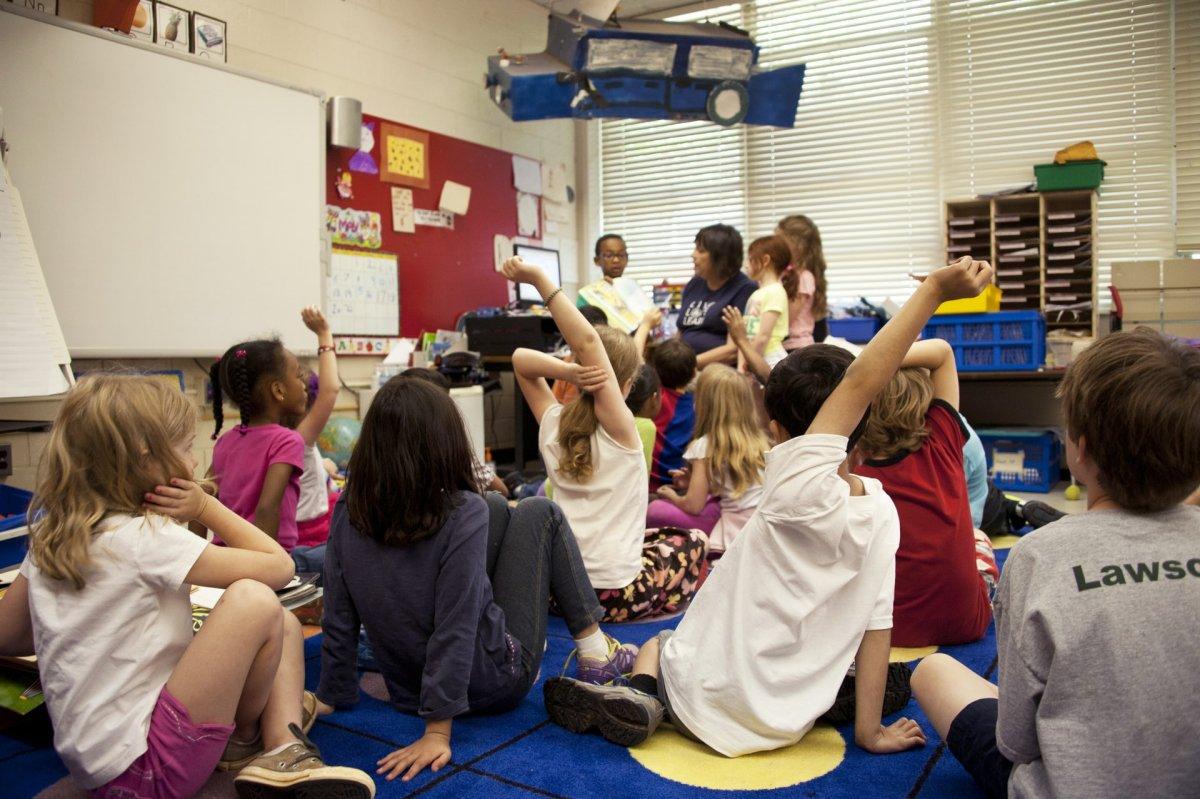
20. Lower secondary school in Italy lasts for 3 years
Right after primary school, Italian students attend lower secondary school, or “scuola media”.
Lower secondary school is equivalent to middle school, and it is for children aged 11 to 14, roughly. After these three years comes a big step for students: upper secondary school.
21. Upper secondary school in Italy lasts for 5 years
Upper secondary school, or “scuola superiore”, is where things start to get serious for Italian students.
It also consists of 5 years, just like primary school. At the end of it is the “esame di maturità”, a national examination that students need to take if they want to attend university.
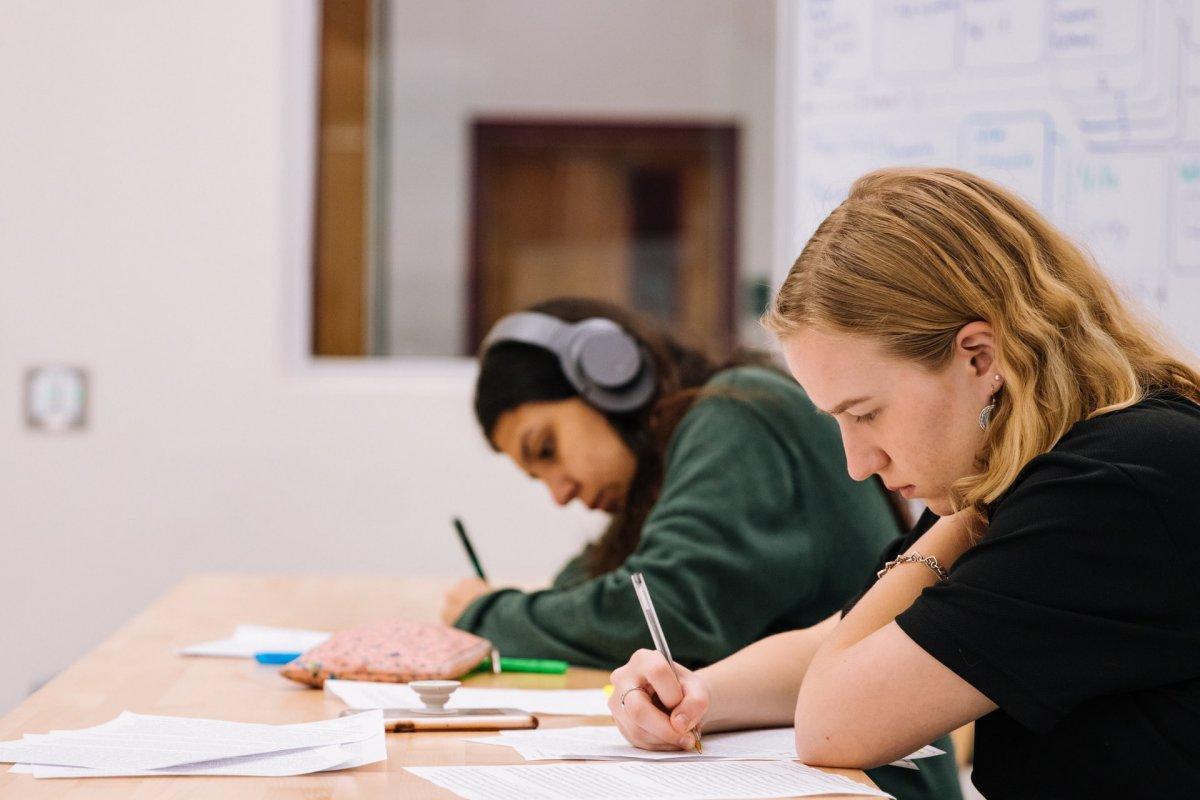
And that is it for the best 21 education in Italy facts…. Wait, did I say 21? Oh yes, because there are 12 more of them, coming right up.
More Facts About Schools in Italy
There are so many things to say about the education system in Italy that I just could not stop after only 21 facts.
Here, have 12 more facts about schools in Italy.
22. There are three types of upper secondary schools in Italy
Upper secondary school is the time where students need to make their first choice.
After years and years of following the national curriculum with the same people in the classroom for at least 5 years, they have to leave their comfort zone and choose between one of the three upper secondary school types.
23. The first and most popular secondary school option is high school
The option that most Italian students choose is high school, or “liceo”.
The education there is still academic, with a specialization on top: humanities, science or art, it’s up to the students. Most courses are the same in every high school in Italy, but some offer specific ones, like ancient Greek or scenography.
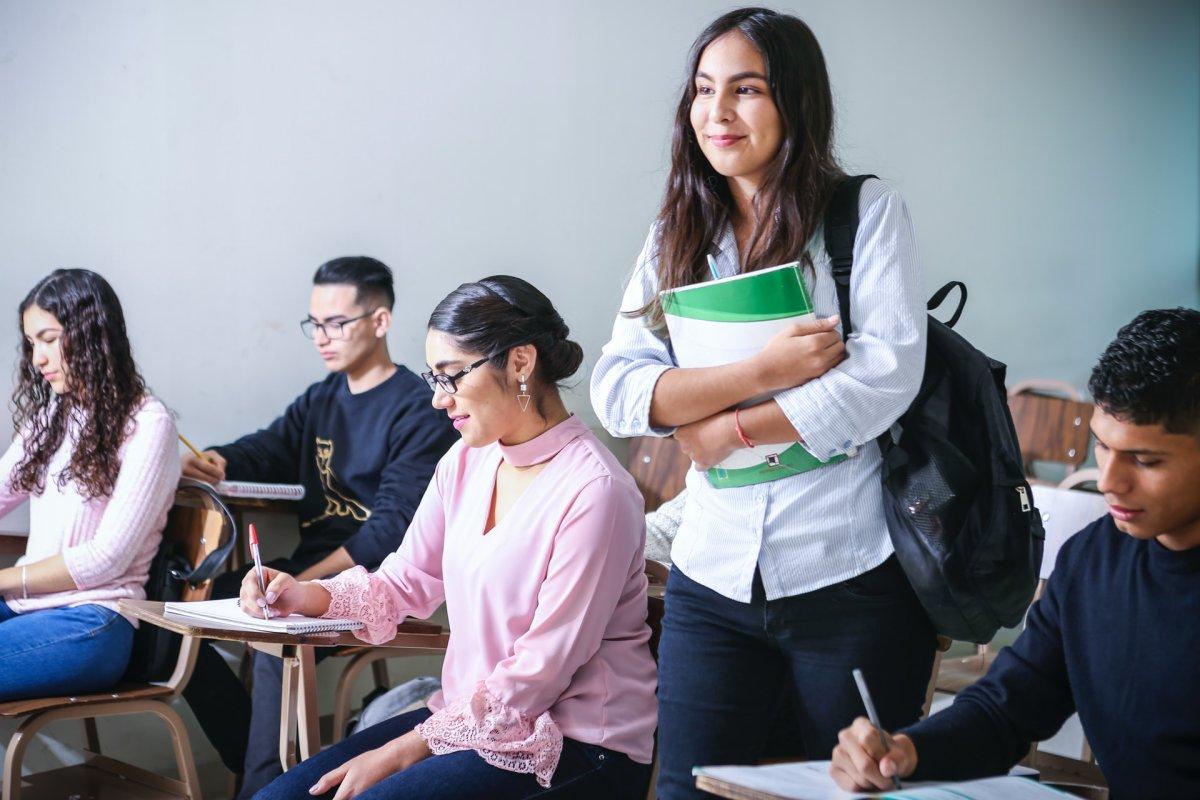
24. The second and third secondary school options are technical and professional institutes
For students that want a vocationally-oriented path, there are both technical and professional institutes.
Technical institutes are both theoretical and vocational, with a specialization in a particular field of studies. Professional institutes are vocational schools, dedicated to preparing students to specific trades, crafts and careers.
25. The Italian school year is divided into two terms
While some countries opt to divide the school year into three terms, there are only two terms in the Italian education system.
These are called “quadrimestri”, which basically means “4 months”. The Autumn term runs from September to January, while the Spring term starts in January and ends in June.
26. Report cards are issued to parents at the end of each term
The way the Italian education system chose to assess their students and to keep parents informed is report cards, or “pagella”.
Nowadays, these are mostly digital and are accessible on the school website, and they summarize the student’s grades for the term. An overall grade, from 1 to 10, is given.
27. Child can attend any school their parents enroll them into
In the United Kingdom and in France, children have to enroll into the closest school, or at least the one that is dedicated to their residential area.
This is not the case in Italy: parents can enroll their children into any school. Most of the time, they will be admitted, but if places are limited, priority is given to children living in the local area.
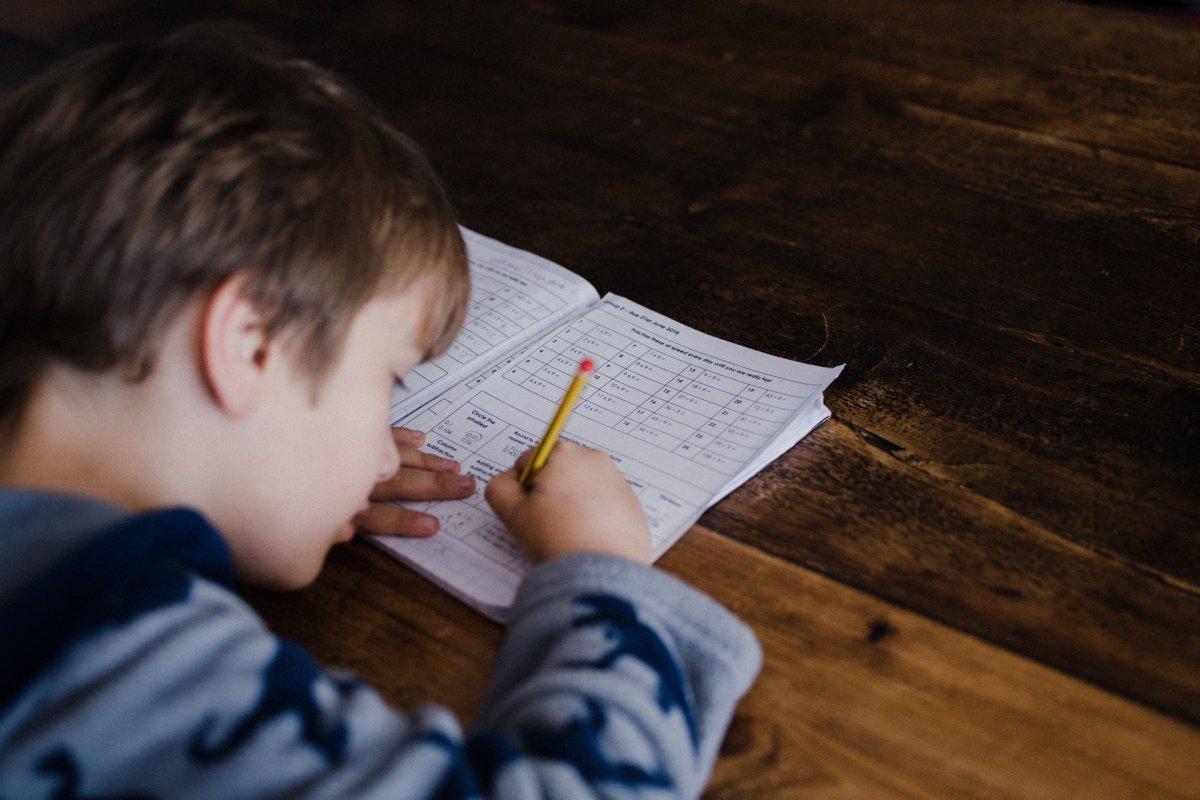
28. For every class in Italy, there is a parents informal association
There are both official and unofficial ways for parents to interact with Italian schools.
The unofficial way is having an informal parents association for every class, where parents elect a representative, acting as an intermediary between the school and all parents.
29. Parents are officially represented in a school board in Italy
The official way for parents to be represented in Italian schools is the “Consiglio d’Istituto”, which is basically a school board.
Its mission is to promote a healthy relationship between the school, the parents and the rest of the community. It has to take important decisions like budget expenses.
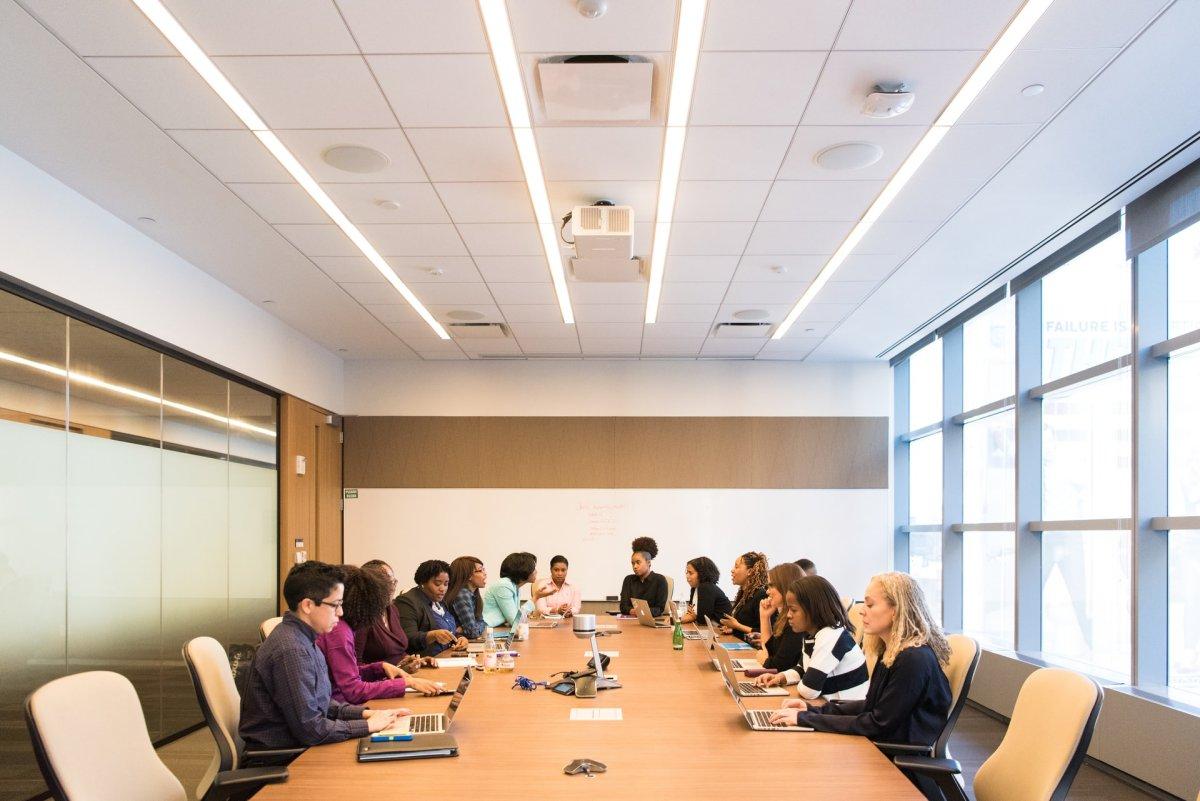
30. There are several after-school activities in Italy
Because children are done with school at around 2 PM every day in Italy, the education system needed to have a solution to keep them busy during the afternoon, for those that wanted to stay.
For that, there are many free after-school activities, like helping children with their homework or even music and art lessons.
31. There are no uniforms in Italian schools
Opposite to many countries, Italy does not require its students to wear uniforms.
However, in kindergarten, there are school smocks, usually blue and white for boys and pink and white for girls. These can be bought by parents in most supermarkets and clothing shops.
32. Cursive writing is still in use in Italian schools
Cursive writing is subject to debate in many countries, and it is the same in Italy.
Nevertheless, it is still being taught to kids in the meantime. In many classrooms, children learn to write using both cursive (joined-up writing) and print (separated letters).
33. The best time of the day for Italian kids is the break
“Ricreazione” is sacred for Italian children. It is a 10 to 15 minutes break in the middle of the morning, where they can eat a bit, chat and play outside.
Usually, parents prepare a small box with something to eat and drink for their kids.
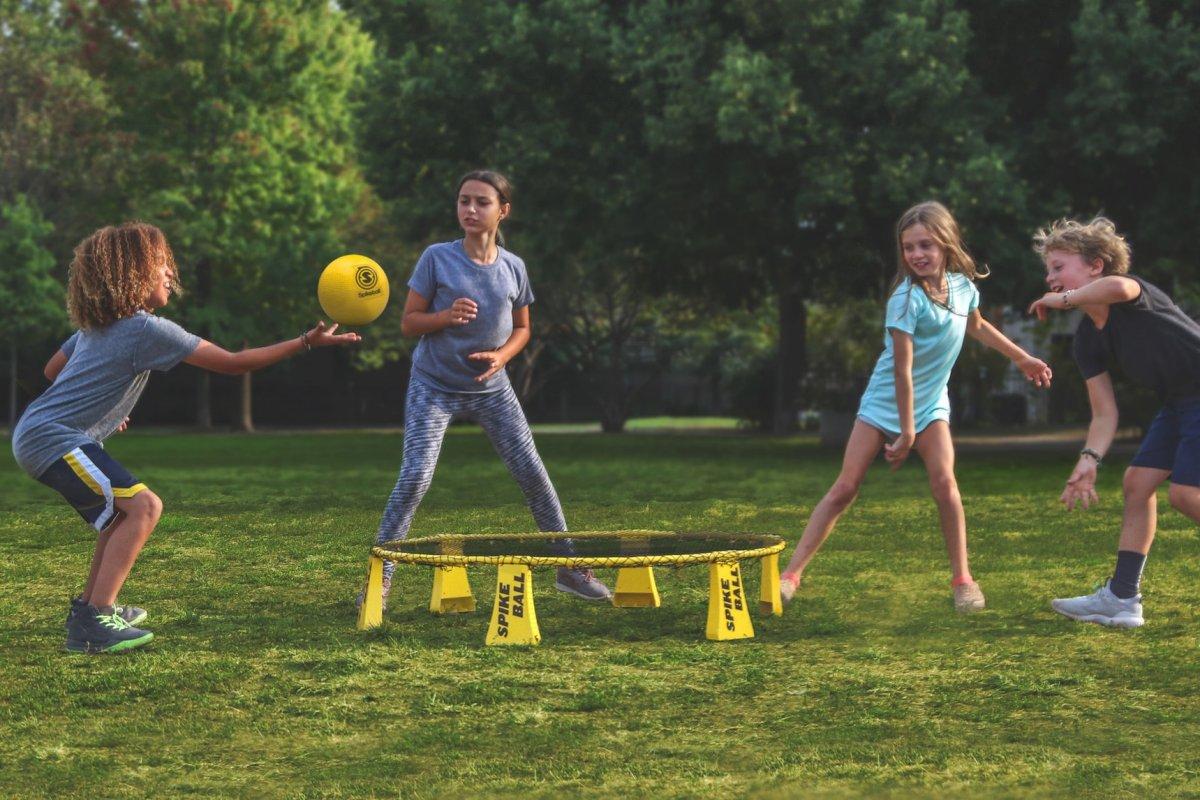
So there you have them, these were all my 33 school in Italy facts. I hope you enjoyed them and that you learned something new today.
In case you want to learn more about the rest of the country’s education system, feel free to keep reading, as I still have lots of things to tell you about.
Italy School Hours
Let’s keep going with our next part, dedicated to school hours in Italy. The typical school schedule in one country can often be very different from your own, and it’s always interesting to have more details on how students go on about their day.
➡️ Italy Primary School Schedule
After kindergarten, or “asilo”, comes primary school in Italy.
It consists of five years, and the curriculum is the same for all students: Italian, English, mathematics, natural sciences, history, geography, social studies, physical education, and visual and musical arts are all on the menu.
Each class has three main teachers as well as an English language teacher.
The Italian school year runs from September to June, even though there are small discrepancies depending on regions.
Each school day starts at around 8 or 8:30 AM, for 5 hours, from Monday to Saturday.
➡️ Italian High School Schedule
Secondary school in Italy lasts 8 years, and it is divided into two phases: lower secondary level and upper secondary level.
The first one consists of 3 years, from age 11 to 14, while the second one is for children aged 14 to 19.
There are three types of secondary schools: high schools, technical institutes and professional institutes.
At the end of 5 years of upper secondary school is the famous “esame di maturità”, which is necessary to apply for university.
General Facts About Schooling in Italy
This last part is dedicated to Italy education statistics and general facts. More specifically, we’ll check 2 key figures that will give you a better understanding of the education level in Italy.
➡️ Enrollment in tertiary education for Italy: 63.46%
(Average for regions: Sub-Saharan Africa: 8.6% | South Asia: 20.8% | Arab States: 36.4% | East Asia: 36.5% | Latin America: 43.3% | Europe and Central Asia: 62% | North America: 84%)
Data from World Bank EdStats/UNESCO
➡️ Italy literacy rate: 99%
(Average for regions: Sub-Saharan Africa: 65.3% | South Asia: 72.9% | Arab States: 79.4% | Latin America: 93.7% | East Asia: 95.8% | Europe and Central Asia: 98.5%)
Data from World Bank EdStats/UNESCO
More Education Facts!
Do you want even more education facts about other countries?
Check out these facts:
Or click here to see ALL the education facts up on the blog!
The Full List of 33 Italian School Facts
- Saturday is a normal day for education in Italy
- Teachers in Italy are not friendly at all, at least not in class
- Italian students need to be very disciplined if they want to succeed in their studies
- Italian teachers will… or will not answer questions, depending on the day
- No one is late in Italian schools
- The Italian grade system ranges from 0 to 30 in universities
- Secondary school students in Italy are graded from 0 to 10
- There is also a 100-point grade system as well as an ECTS system
- Italian students generally eat at home
- Parents need to go shopping almost every day in Italy
- Italian students know each other very, very well
- Students do not move around the school in Italy, but teachers do
- Monotony is the name of the game in Italian schools
- Some teachers humiliate their students in Italy
- Failing more than three subjects means you have to repeat a year in Italy
- Italian students graduate very late compared to that from other countries
- Education in Italy is compulsory from ages 6 to 16
- There are 5 stages in the Italian education system
- Primary school in Italy lasts for 5 years
- Lower secondary school in Italy lasts for 3 years
- Upper secondary school in Italy lasts for 5 years
- There are three types of upper secondary schools in Italy
- The first and most popular secondary school option is high school
- The second and third secondary school options are technical and professional institutes
- The Italian school year is divided into two terms
- Report cards are issued to parents at the end of each term
- Child can attend any school their parents enroll them into
- For every class in Italy, there is a parents informal association
- Parents are officially represented in a school board in Italy
- There are several after-school activities in Italy
- There are no uniforms in Italian schools
- Cursive writing is still in use in Italian schools
- The best time of the day for Italian kids is the break
- Enrollment in tertiary education for Italy: 63.46%
- Italy literacy rate: 99%
Share the knowledge! Click on the buttons below to share these Italian school system facts with your friends, and help them learn more about the world 🙂
Pin this to Pinterest!
Enjoyed this guide? Then help a fellow traveler and pin it! They'll most definitely love you for it, 100% guarantee.
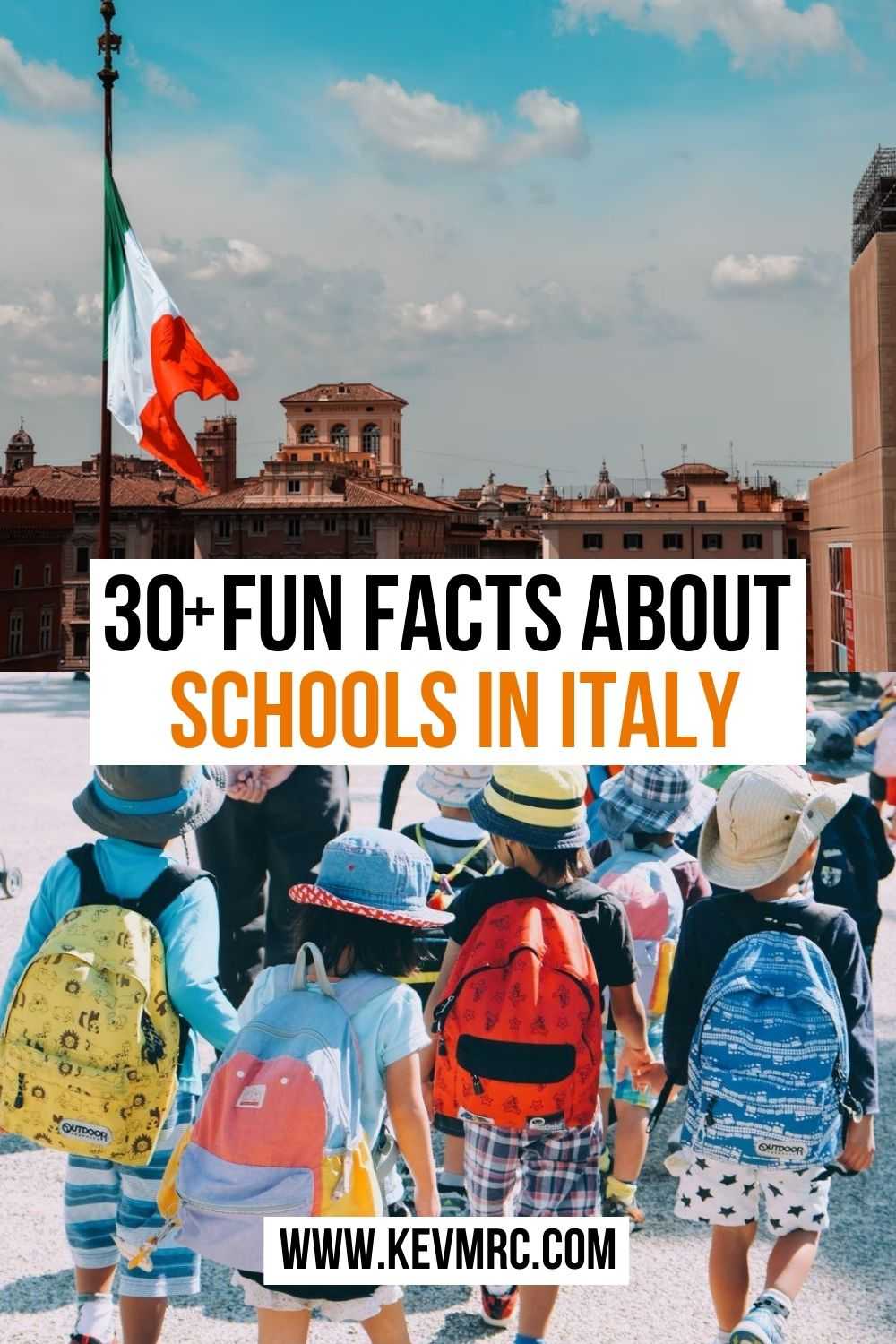

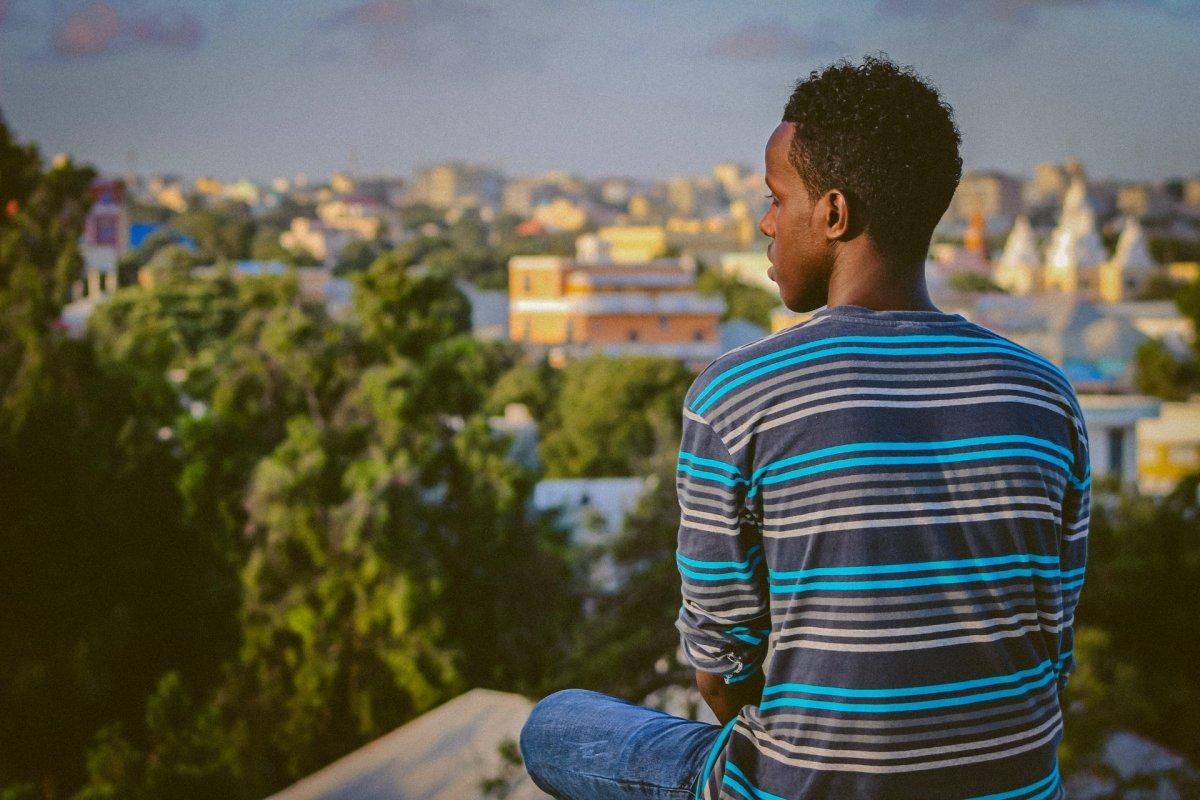
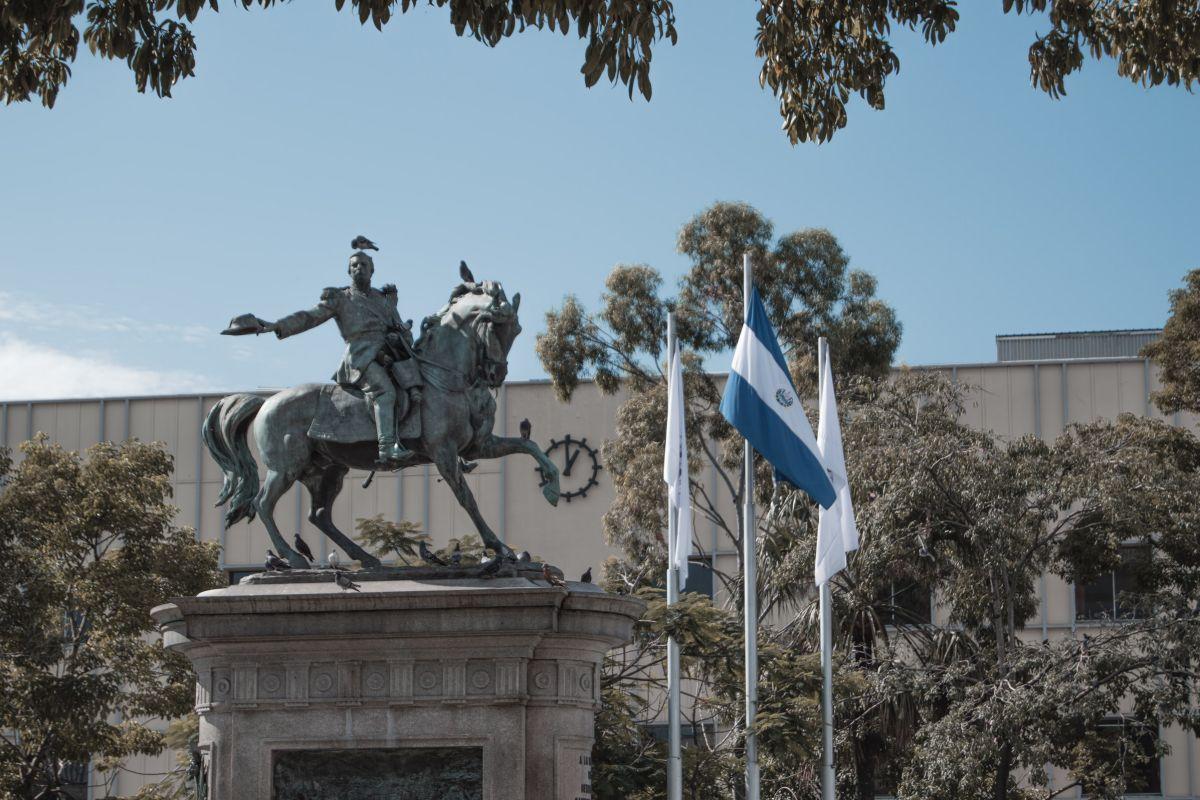
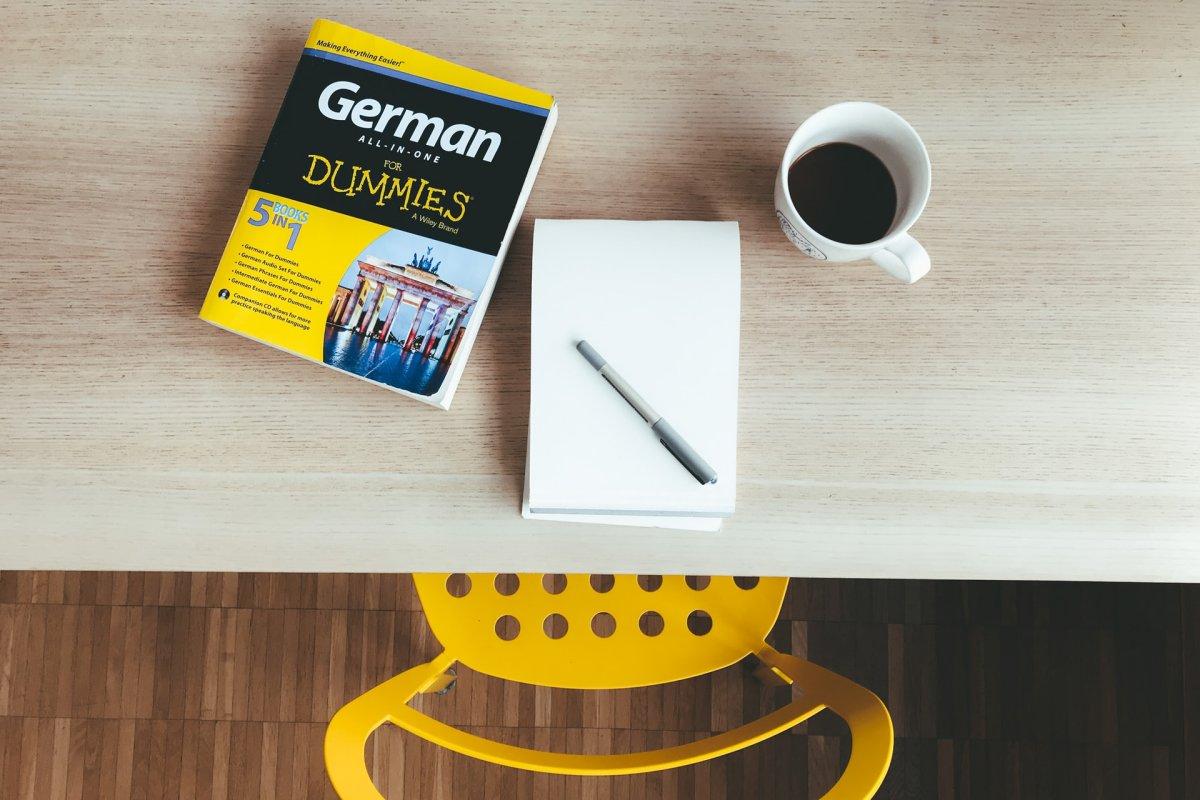
Great job copying the article from Italy Magazine!
Hello Clara, thanks for visiting our site! I had a look at the article you mention, and I can definitely understand why you’d think that. However I can assure you that our piece is the result of independent research, which resulted in similar findings.
la familya